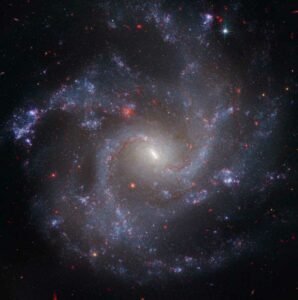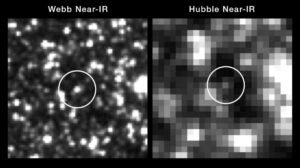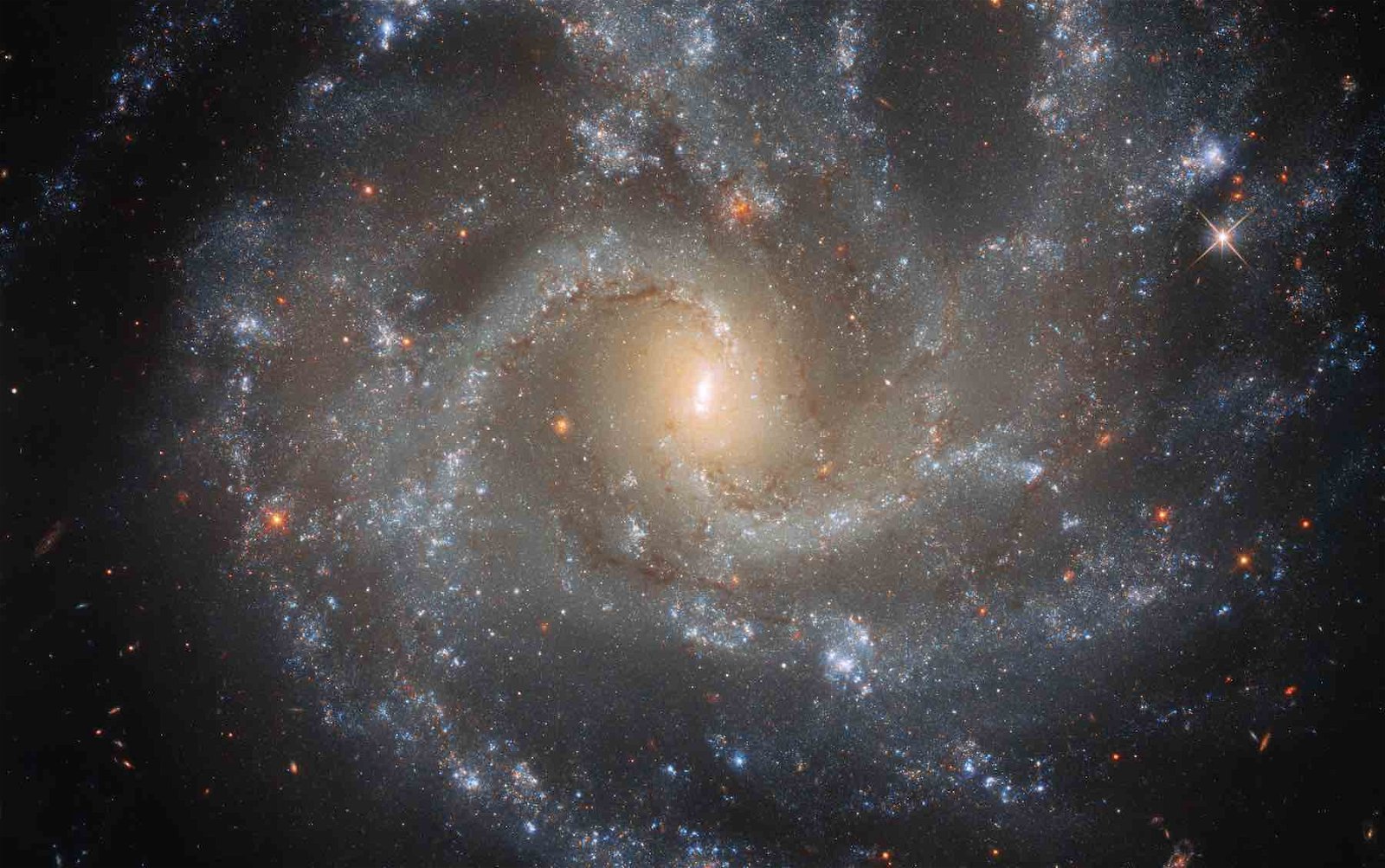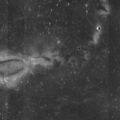A Nobel Prize-winning physicist from Johns Hopkins University says that new data collected by the James Webb Space Telescope, which confirms previous findings about cosmic expansion, may mean scientists have misunderstood the universe.
The researchers using Webb had hoped to find evidence Hubble had committed measurement errors since its readings consistently conflicted with other astronomical data indicating a completely different rate of universal expansion. However, the new readings revealed no errors, meaning that the conflict in measurements, often called the Hubble Tension by astronomers, remains.
“With measurement errors negated, what remains is the real and exciting possibility we have misunderstood the universe,” said Adam Riess, a physicist at Johns Hopkins University in Baltimore. Notably, Riess won a Nobel Prize for co-discovering the fact that the universe’s expansion is accelerating, creating the idea of dark energy as the possible cause for this expansion
Cosmic Expansion and the Cosmic Distance Ladder
To make their discovery, Reiss’ Supernova H0 for the Equation of State of Dark Energy (SHOES) team collected information from various cosmic milepost markers known as Cepheid variable stars. This included five host galaxies of eight Type 1a supernovae that collectively contain a total of 1,000 Cepheids.
Known as the first two steps on the “cosmic distance ladder” used to measure distances in deep space, these milepost markers start cosmically close by before spanning over 130 million light-years out to NGC 5468, which is the farthest galaxy where Cepheids have been measured.


“This spans the full range where we made measurements with Hubble,” said co-author Gagandeep Anand of the Space Telescope Science Institute in Baltimore, which operates the Webb and Hubble telescopes for NASA. “So, we’ve gone to the end of the second rung of the cosmic distance ladder.”
In making these measurements, the researchers hoped to find that errors in calculating the first steps in the ladder were propagating into later measurements, resulting in the Hubble tension. For example, some astrophysicists have postulated that the proximity of Cepheid stars to each other may result in a mismeasurement of their brightness. Such a measurement error would only grow as distances increased. Others have guessed that interstellar dust may be to blame for the conflicting readings.
Instead, the SHOES Webb readings matched perfectly with Hubble, meaning that calculation errors in the cosmic distance ladder are not to blame. “Combining Webb and Hubble gives us the best of both worlds,” said Riess. “We find that the Hubble measurements remain reliable as we climb farther along the cosmic distance ladder.”


The researcher also said their new survey covered everything Webb studied in the past, and the results were still consistent and error-free. “We’ve now spanned the whole range of what Hubble observed, and we can rule out a measurement error as the cause of the Hubble Tension with very high confidence,” Riess said.
New Tools Could Solve Mystery of Hubble Tension
Since the new Webb readings confirmed those from Hubble, the researchers say that new astronomical tools that can measure elements of cosmic expansion may be needed to answer the Hubble tension.
First up is the European Space Agency’s Euclid Space Telescope, which was launched in July 2023 and reached its destination at Lagrange 2, roughly four times as far away from Earth as the moon, about a month later. According to the ESA’s mission page, “Euclid will explore how the Universe has expanded and how structure has formed over cosmic history, revealing more about the role of gravity and the nature of dark energy and dark matter.”
The most promising data may come from NASA’s planned Nancy Grace Roman Space Telescope, which is scheduled for launch in May 2027. With a view that is over 100 times wider than Hubble, this observatory has the potential to measure light from over 100 billion galaxies during its operational lifetime.
According to its mission page, “This observatory will also be able to block starlight to directly see exoplanets and planet-forming disks, complete a statistical census of planetary systems in our galaxy, and settle essential questions in the areas of dark energy, exoplanets, and infrared astrophysics.”
Ultimately, one or both of these tools may allow astronomers and astrophysicists to connect the beginning of the initial two rungs of the cosmic distance ladder confirmed by Webb with the afterglow of the big band that represents the beginning of the universe, resulting in a final solution to the Hubble tension.
“We need to find out if we are missing something on how to connect the beginning of the universe and the present day,” said Riess.
Christopher Plain is a Science Fiction and Fantasy novelist and Head Science Writer at The Debrief. Follow and connect with him on X, learn about his books at plainfiction.com, or email him directly at christopher@thedebrief.org.

